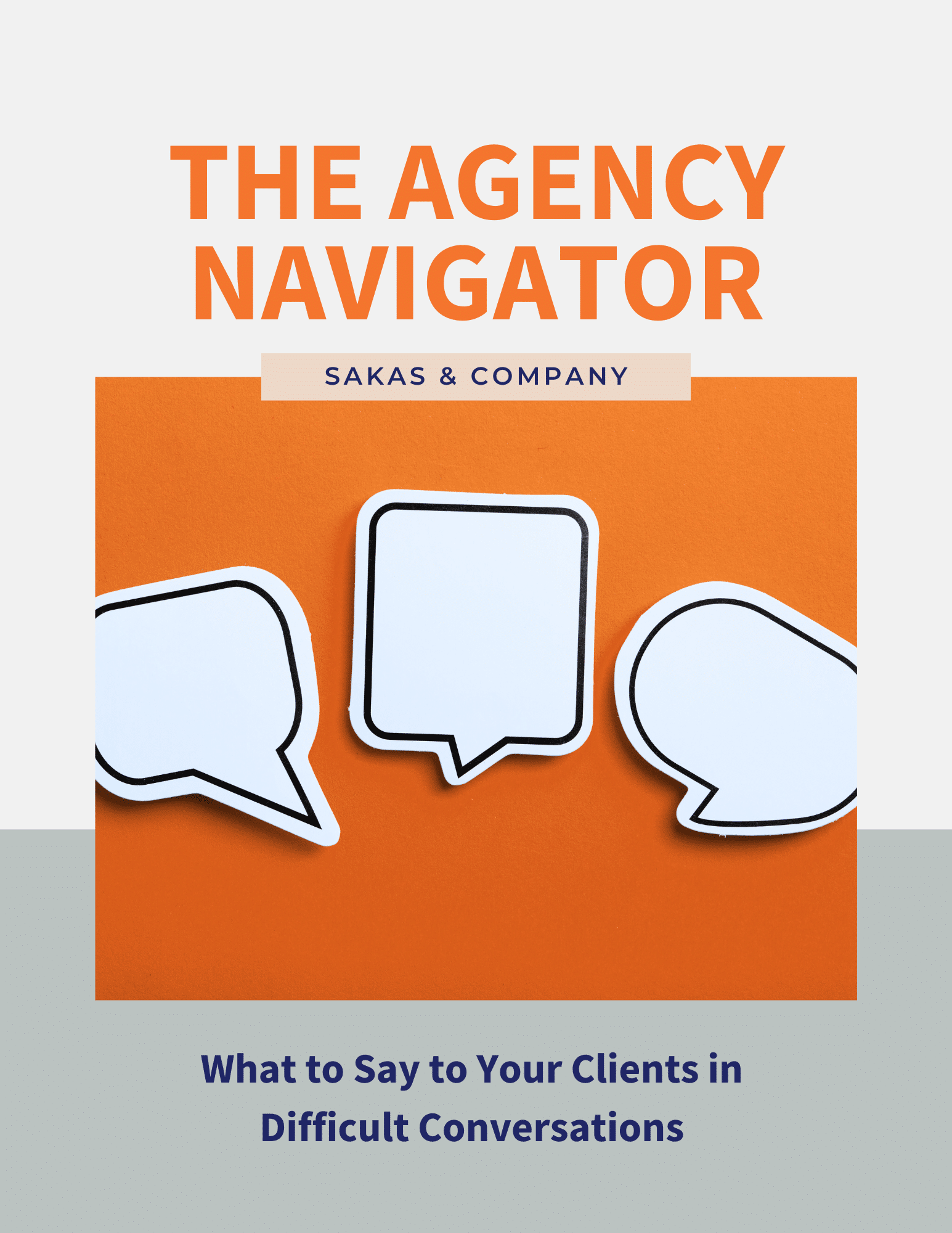The way you pay your freelancers and contractors is shifting—there’s hourly, deliverable-based, and retainer.
Building a “stable” of trusted freelancers is vital to your agency’s growth, whether you want a lifestyle or high-growth agency.
Just as there are different roles within an agency, there are different types of freelancers who can play each role. You could have a freelancer writing content, a small agency handling your PR and outreach, and a remote freelancer in Bali managing quality control.
In general, I recommend aligning your labor model with your pricing model—otherwise, you risk paying more (without client compensation) if deliverables aren’t acceptable.
Let’s look at the pros and cons of each of the three labor cost structures, with a specific focus on freelancers. (When it comes to employees, you’re either paying hourly or on salary, potentially with a bonus or commission structure.)
Hourly
When paying hourly, you are paying directly for time. Both parties agree on an hourly rate, and payments correlate with the time put in. If a contractor comes into an office for 2 hours a day, they get paid for 2 hours. If a remote freelancer takes 5 hours to complete a project, he or she is paid for 5 hours. It’s a fairly straightforward way to pay your freelancers.
Pros
- A fair way to pay freelancers you aren’t familiar with. Great for test runs.
- You pay only for the time spent on your agency, no more and no less.
- Freelancers have flexibility. How much or little they get paid depends on how much they want to work.
Cons
- Things can easily go over budget if the freelancer mis-estimates the work. Depending on your work arrangements, the agency may or may not be on the hook to pay for overage.
- Freelancer availability may fluctuate on a week-by-week or month-by-month basis.
- You have to trust hourly freelancers’ time tracking, although software can make this more accurate.
Deliverable-Based
Paying an employee per deliverable means he or she gets a set amount of money regardless of how much work is done and how much time is put in. This is a more common way to pay a freelancer doing the same work over and over again.
Pros
- The focus is on results and return-on-investment (ROI), versus the time they took to complete it.
- Creates more security for freelancers—since they can rely on a fixed amount of revenue.
- Easier for companies to predict their expenses, since the amount doesn’t fluctuate based on projects or time.
- Great solution if clients are paying on a fixed-bid basis.
Cons
- Takes longer to scope things, both with clients and with an agency’s internal PM team.
- You won’t pay more, but if a freelancer mis-estimates the work, they could go over deadline to get it done.
- You and the freelancer may disagree about the quality level behind what “done” looks like.
Retainer
A retainer gives you the fixed-payment benefit of a deliverable-based approach, coupled with the flexibility of an hourly approach. This is a good approach when you need someone available on a regular basis but the specific deliverables may vary month-to-month.
Pros
- You know exactly what you’re paying each month.
- Freelancers can dedicate a certain amount of time or effort to your agency each month.
- It offers some of the reliability of a salary agreement, but with the flexibility of an hourly agreement.
- Retainers are a good way to build ongoing relationships between agencies and freelancers—you’re both committed to each other.
Cons
- You need to trust your freelancers—you’re paying them and relying on them to do the work.
- Freelancers need to trust you, too—especially if you pay at the end of the month. Pay promptly or else you’ll find freelancers choose to “fire” you as a client.
Choosing the right labor cost structure for your agency
Now that we’ve gone over the pros and cons of payment options, here are a few different freelancer roles and some considerations you should take into account before deciding how to pay them.
- Social media specialist – Managing and monitoring social media requires real-time work—if you’re working on a big brand, this might mean nearly around-the-clock monitoring. A retainer gives you a level of certainty that people will be available, although hourly can work, too.
- Customer service – Thinking of adding a product in the future? If you plan to outsource some level of customer service, it’s worth considering that most customer service departments work in shifts. For example, a company could break-up their 24-hour support team into shifts of 4-8 hours each. This means their hours are reliable, and fairly set.
- Writers and editors – Aside from trying to meet deadlines, these roles don’t typically have any time constraints. As long as the work gets done, they don’t have to work during set hours or be online 24/7. This works well on a per-deliverable basis, or on an hourly basis for open-ended work.
- Project manager – A project manager ties everything else together. S/he is likely to work and respond to questions outside of the office or “working hours,” since the nature of the job carries so much responsibility to the rest of the team. I recommend having PMs as a full-time employee, but if you use freelancers for PM, having them on retainer helps you get the availability you need.
- Marketing strategist – A marketing strategist should be available for meetings and client conversations. You could handle this hourly or per-project, but retainer gives you more continuity between projects.
When it doubt, be sure the labor cost structure matches how clients are paying you, coupled with the availability and quality you need from each freelancer.
Question: Which cost structure(s) do you use to pay your agency’s freelancers?


